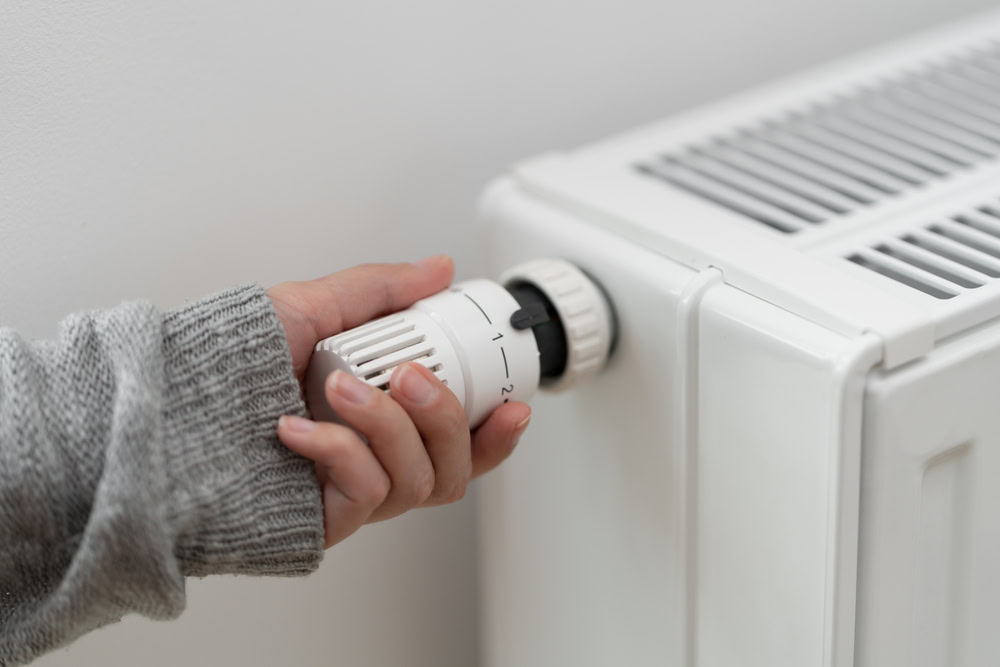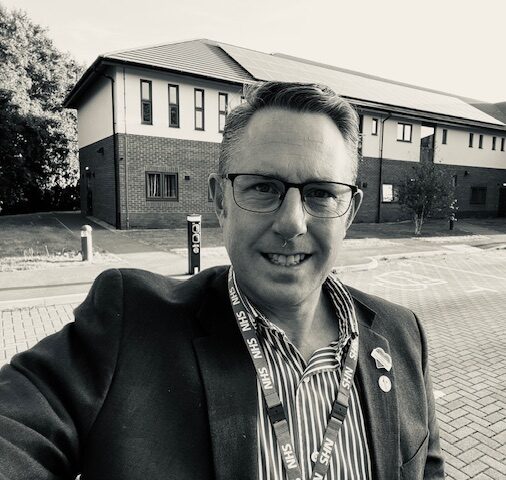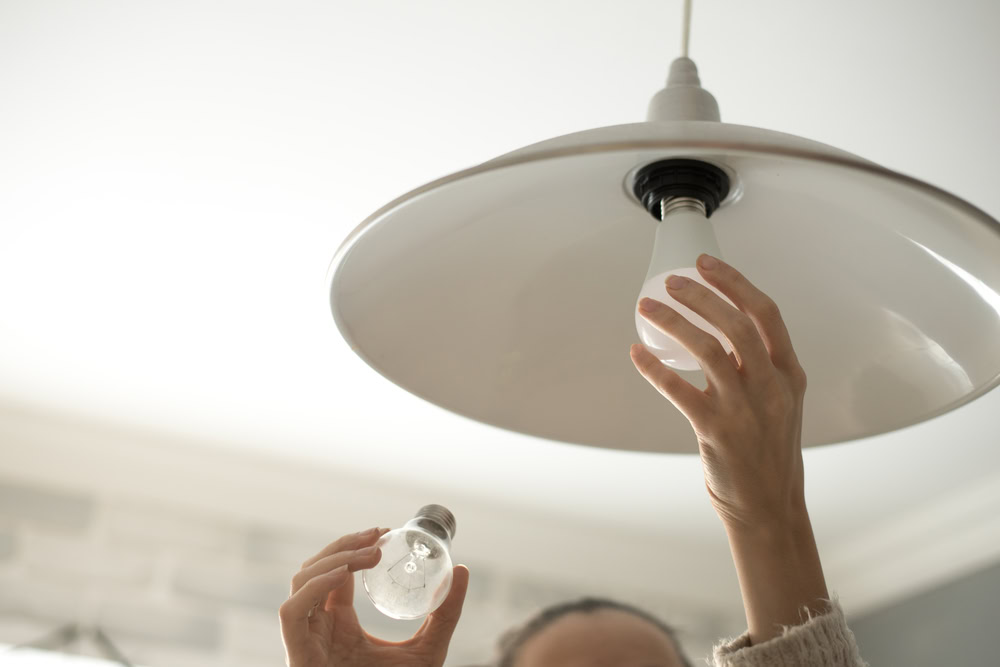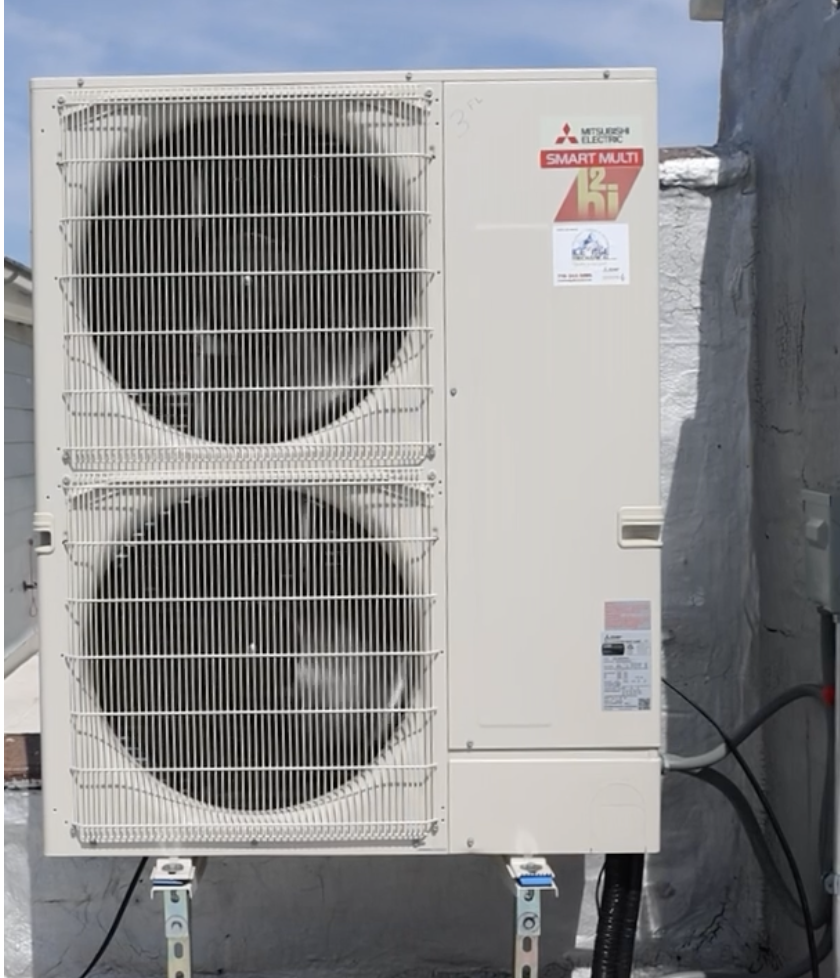

A Patient Is a Person is a series about how whole-person health is transforming the patient journey. It is supported by funding from UPIC Health.
Jackie Spenceley paid £79 toward the gas and electric bill every month for years, even in summer, to build up credit to heat her three-bedroom home in Middlesbrough in northwestern England through the raw winter months. Then, a couple years ago, as fuel prices climbed, her bill rose to more than £100. A short time later, it jumped again, to over £140.
As energy costs increased, Spenceley curbed her use of her heating, running it only for an hour on winter evenings, or sometimes not at all. Spenceley, 79, doesn’t typically mind the cold. But she has chronic obstructive pulmonary disease, or COPD, and cold temperatures exacerbate her symptoms. Her voice gets weaker, and she has a harder time breathing.
For that reason, in the fall of 2022, her local health office referred her for a program to help cover the cost of heating her home. Through that winter, Spenceley received roughly £650 ($800) toward her energy bills. Then the following year, the program came back with a new offer: this time, it paid to make her heating system more efficient by replacing 50-year-old radiators and adding a thick layer of insulation in her ceiling. The measures made a huge difference during the raw winter months for both Spenceley’s finances and her comfort.

“I know it will get worse, that you can’t stop this disease,” Spenceley says. “There’s not a cure for it. But this certainly helped me by keeping the house warm and livable.”
Spenceley was enrolled in the Warm Home Prescription program, a pilot run by the British nonprofit Energy Systems Catapult. In 2022, the initiative worked with the National Health Service in four regions around the UK to identify people most vulnerable to conditions linked to cold homes, and offered them assistance to heat their homes.
Amid hot summer temperatures, home heating systems may be far from mind. But efforts like this are showing that planning ahead to keep vulnerable people living in comfortable temperatures through the winter can also help them stay in better health. A third of all UK households live in homes that are cold and poorly insulated, conditions that can have serious health impacts, exacerbating heart and respiratory issues, compromising immune systems and increasing mental distress. For people who are most at risk of cold-related health conditions, offsetting energy costs, or even making homes more energy efficient, can make a difference in both physical and mental health.
“We all knew that the weather gets cold and we see more people with more illness,” says Dr. Hein Le Roux, a family physician at Churchdown Surgery in Gloucester, in western England who helped pilot the warm home prescription program. “Everything seems to get a bit worse in the cold weather, but we always just reacted and perhaps gave more antibiotics and steroids.”

Coordinating health services with home energy support offers an opportunity to anticipate the needs of patients most at risk of cold homes before temperatures drop, says Le Roux. “We can respond to what’s coming, rather than reacting when you’re in front of me and consulting and going, ‘oh my God, you’re sick.’”
Nearly 5,000 excess deaths in the winter of 2022 to 2023 were linked to improperly heated housing in the UK. Cooler temperatures are linked with higher blood pressure. Children are at higher risk of asthma and respiratory infections. Cold impacts dexterity, increasing risk of falling. And people with underlying medical conditions, from arthritis to respiratory and cardiovascular disease, are particularly vulnerable.
“This has a knock-on effect to medical professionals because if someone with one of these conditions is living in a cold home, they’re more likely to spend time [at] GPs and hospitals, and that has a cost associated with it,” says Jobe Bryer, energy advice manager for the council of the London borough of Islington. “So there’s a social return on investment on trying to solve the issue of their housing, first, and to alleviate some of these things.”
Health issues associated with cold homes are estimated to cost Britain’s National Health Service more than £540 million (about $586 million US) annually.
Bryer leads the Seasonal Health Intervention Network (SHINE) program that aims to interrupt the cycle that keeps people returning to medical offices with issues related to cold homes. Launched in the London borough of Islington in 2010, it now works with people across the city who are struggling to afford home energy bills. The program takes a multi-faceted approach, helping clients manage debt with energy companies, and visiting their homes to make changes that can improve energy efficiency, like installing LED light bulbs and insulating jackets on hot water tanks. In some cases, clients can be referred for more substantial efficiency retrofits.
Weighed down by negative news?
Our smart, bright, weekly newsletter is the uplift you’ve been looking for.The program works with between 5,000 and 7,000 people annually, some of whom are referred in by their primary care providers or hospitals. That gives medical providers another tool to support their patients who keep coming back with cold-related conditions.
“They want to figure out what the cause of it is, not just respond to the symptoms,” says Bryer. “And the cause is often linked to energy efficiency.”
Programs like SHINE and Warm Home Prescription are finding ways to link energy assistance with health services. Under UK law, energy companies are required to contribute toward measures that help reduce fuel poverty and improve efficiency. But effectively getting that funding to people who are most vulnerable is not straightforward.
“It’s very difficult to get health and energy to meet and discuss and solve that problem,” says Rebecca Sweeney, business lead for homes for Energy Systems Catapult.
The organization, which researches approaches to net-zero energy systems, launched its Warm Home Prescription by working with local health provider offices to connect with people who had medical conditions that made them particularly vulnerable to the cold. Then eligible participants, like Jackie Spenceley, received invitations by mail to enroll.
The first winter, of 2022 to 2023, 823 households participated in the program, which contributed funds directly to their energy bills in order to ensure the homes could be heated to a healthy range of 18 to 21 degrees Celsius, about 64.4 to 69.8 degrees Fahrenheit.
Researchers found that 81 percent of recipients reported that they kept their homes warmer than in previous winters.
“People were just across the board responding that they were more positive, less worried about the bills, more able to pay for all essentials like food,” says Sheffield Hallam University researcher Rose Smith. The study was contracted by the Energy Systems Catapult, but research was conducted independently.
The relatively small sample size and short period of the study made it difficult to assess how the program changed participants’ use of medical services, according to Smith. However, there was indication that people who received the warm home prescription had fewer urgent appointments out of regular business hours.
“There is some evidence, some small evidence that in the long term, it could save the health service money because people were using the services less,” she says.

While the data on use of the medical system is not definitive, surveys found 79 percent of recipients felt physically healthier, and 70 percent experienced improved mental health. People spent less time in bed under the covers to keep warm, and were more likely to invite guests over.
Those findings are consistent with what Le Roux, the family physician in Gloucester, heard from his patients, who told him they felt healthier and happier.
While improving heating in patients’ homes can help, he says, it’s not a “magic bullet.” He sees the home heating approach as most effective when it’s part of a broader “care bundle,” including other factors like regularly taking medications, accessing rehabilitation services, and getting vaccines against flu and COVID. He sees the program as showing how thinking outside of the typical silos of health care, and coordinating resources across health and social services, can help people avoid acute illness.
Research on health impacts of home energy assistance programs like these is challenging because many pilots are short-term, says Danielle Butler, of National Energy Action. But various programs that have piloted different models of connecting health providers with energy assistance in regions around the UK consistently find people self-report feeling in better health.
“We’ve got lots of these initiatives that have demonstrated the positive impact,” Butler says.
Butler is leading a nationwide initiative to draw on lessons from these various programs, to help connect local health systems across the UK connect with energy advisors to support people who are most vulnerable to the cold homes.
While the first results of the Energy Systems Catapult warm homes program were promising, the prescription is aiming not just to help people pay for home heating, but also to install retrofits that will make homes more efficient to heat. The project will further expand this coming winter, working with ScottishPower to offer vulnerable households measures like insulation, heat pumps and solar panels. That was tried out on a limited scale in the winter of 2023-24, when about 92 homeowners, including Spenceley, had efficiency changes installed.
Spenceley was shocked by how quickly her new radiators heated up.
“Within minutes they were red hot,” she says.
Though interventions that connect home energy with health systems show strong promise for health and wellbeing, they are challenging to run.
Health providers have limited bandwidth to work with social programs. Coordinating across sectors relies on strong relationships, which are disrupted when people move on to new jobs. And limited funding is a persistent problem. The SHINE program, in London, has effectively paused its retrofit program because of a backlog.
Energy Systems Catapult’s program is also limited: as a research project, it is not expected to continue indefinitely. But Sweeney says that the approach can be scaled up and replicated. The organization has published a free packet of resources so people interested in launching a similar warm home prescribing program can draw from their approach.
For Spenceley, the assistance heating her home over the last two winters has made a big impact.
“Without it, you know, I would have been a lot colder and probably a lot more in debt,” she says.






